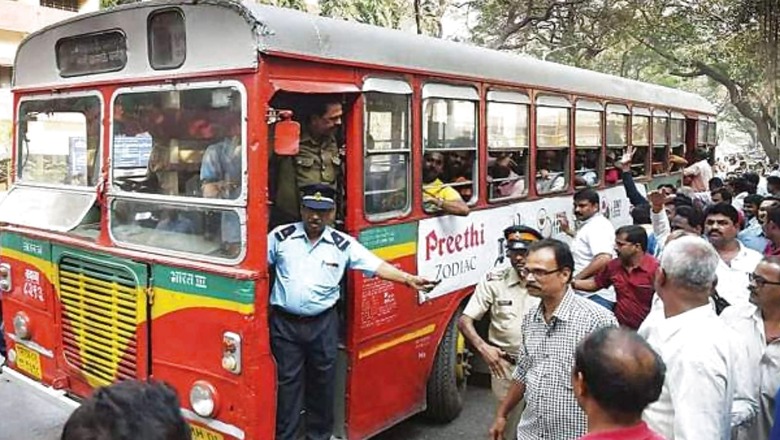Solving Access-tential Crisis: Ministry’s New Guidelines to Make Bus stops, Terminals More Inclusive

views
The Ministry of Road Transport and Highways (MoRTH) has issued new accessibility guidelines for bus terminals and bus stops across India. The guidelines cover planning and design, to make the facilities accessible to all.
Planning for parking, bus port/terminal/stops and bus boarding/alighting have been taken up at length in the guidelines. The aim is to ensure seamless inclusion of divyangjans, irrespective of their disability.
The focus is on extending accessibility for people affected by barriers, which include wheelchair users, people with limited walking/ movement abilities, people with visual impairment or low vision, people with hearing impairment, elderly and infirm persons, pregnant women and children.
The 194-page booklet also has a comprehensive checklist to review the accessibility of infrastructure and facilities created, before commencement of operations. It includes an access audit for the main entrance, for ramps, parking, information counters, doors, corridors and lifts.
‘Person with disability’ or divyangjan means a person with a long-term physical, mental, intellectual or sensory impairment which, in interaction with barriers, hinders his full and effective participation in society equally with others, the report said.
THE GUIDELINES
- The bus terminal and bus queue shelter operators are directed to ensure that display signages are installed throughout the terminal and shelter including terminal building having clear vision without any obstructions.
- The points of arrival and departure should be clearly indicated with basic information about the bus terminal in accessible format.
- The bus terminal operator should ensure that the assistive devices being used to assist a disabled passengers should be available at the terminal without any extra cost.
- Further, the operators of both the buses and bus terminals, should ensure, as far as possible, availability of low-floor accessible buses at the terminals to enable easy boarding and alighting of passengers.
- The guidelines also said that in case of transfer between bus and terminal, the terminal operators should ensure smooth and hassle-free transportation of persons with disability or reduced mobility.
- Highlighting the need for disability related training, the guidelines said that it “provides practical overview and is relevant in particular to those providing assistance to persons with disability or reduced mobility. It increases understanding of the whole range of impairments so that personnel are aware of how to interact with persons with disability or reduced mobility and to tackle negative perceptions and attitudes towards such passengers.”
THE NEED
In India, as per 2011 census, divyangjans account for 2.21% of India’s population. They face a lot of issues with regards to accessibility to various modes of transport. This hinders their safety and hassle-free movement.
The inaccessibility to transportation systems not only restricts mobility but also denies them the freedom of movement and active social participation. This eventually limits their growth and development opportunities.
Speaking to News18, an official aware of the matter said although guidelines are available on universal accessibility, it was felt that a specific manual catering to bus terminals and stops would be useful to act as a ready reckoner for all user groups such as designers and operators and will provide more detailed information.
Also, it will help overcome specific issues and challenges to provide more practical and hands-on solutions.
“Creating a barrier-free environment is a prerequisite for an all-inclusive public facility. It includes creating an accessible social and built-up environment for the people affected by various barrier groups. Transport facilities and adjunct infrastructure available to the public should be designed in a way that it is accessible to everyone,” the official said.
Read all the Latest India News here



















Comments
0 comment